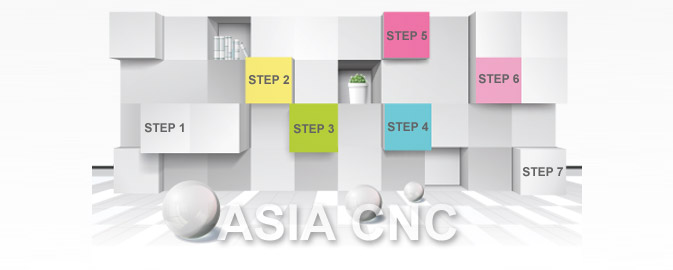

Services
Project Flow

Asia CNC specializes in building online ventures — new startups and strategic initiatives that are born on the Web. Online ventures serve their customers, prospects and suppliers exclusively via the Internet and build their brand through unique and rewarding customer experiences online. Asia CNC combines strategic consulting, design, and engineering expertise to shape our client's business vision into an effective Web strategy. We provide sound and innovative online solutions for commerce, community, and brand building that bring online ventures to life — on time, on budget and on target!
Internet Business Strategy »»
Pre- Website Planning »»
Concept Planning »»
Design Prototype Specification »»
Site Production »»
Testing »»
Maintenance »»
AsiaCNC
Copyright © 2013 ASIACNC .All Right Reserved .Created by Asia CNC Terms & Conditions Privacy Policy






